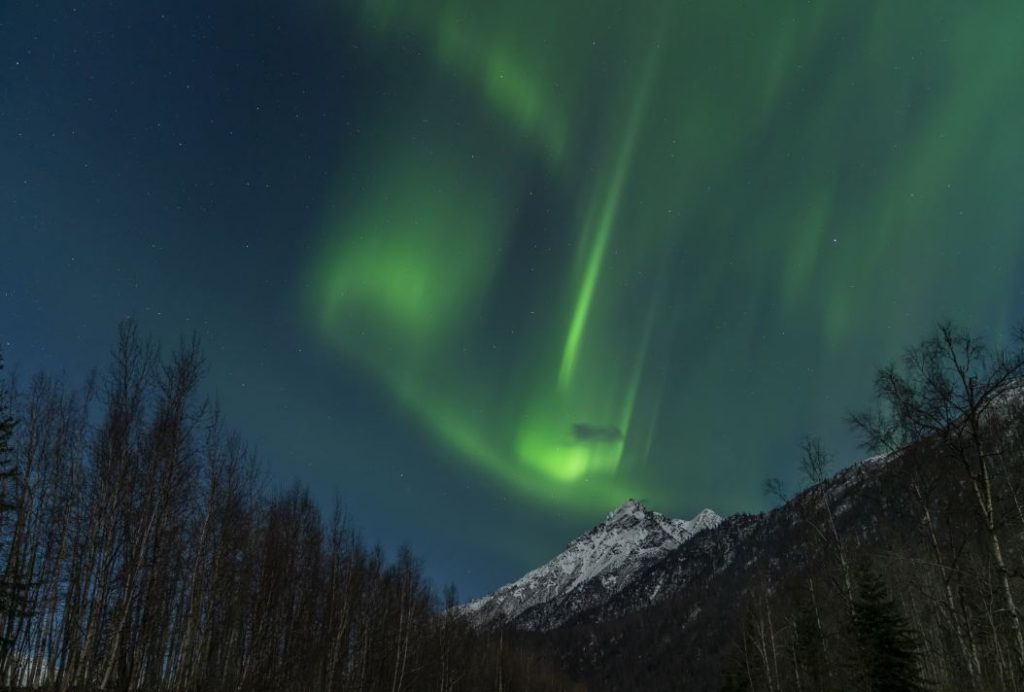A powerful series of solar eruptions has set the stage for one of nature’s most dramatic light shows the shimmering waves of the Aurora Borealis, also known as the Northern Lights, are expected to sweep across broad swathes of the United States. Typically reserved for high-latitude regions, this year’s display will push far further south than usual thanks to an intense geomagnetic storm triggered by multiple coronal mass ejections (CMEs) from the Sun. As a result, residents in parts of the U.S. that rarely if ever witness auroras now have a once-in-a-while opportunity to look skyward and marvel.
What’s Happening Up Above?
At the heart of the spectacle is the interaction between charged particles expelled from the Sun and Earth’s magnetic field. When a CME collides with our planet’s magnetosphere, it can generate a geomagnetic storm, causing the auroral zones — normally confined near the poles — to expand and spill into lower latitudes. This time around, several potent eruptions have sent plasma and magnetic fields hurtling toward Earth, creating favourable conditions for widespread auroras. In meteorological terms, we are observing a G3-level storm event — considered strong and capable of enabling auroral visibility in places far removed from the Arctic.

Where Will the Lights Be Seen?
Thanks to this rare alignment of solar activity and Earth’s magnetic response, the night skies over as many as twenty-two U.S. states could soon dance with colourful light. States such as Minnesota, Wisconsin, Michigan and even parts of Nebraska, Illinois and Pennsylvania lie within the extended aurora zone. Viewers farther south may still have a chance, depending on local conditions and clear skies. While the usual expectation is for Northern Lights to remain confined to Alaska, Canada and high-latitude territories, the current storm’s intensity is pushing the boundaries considerably farther south.
When to Look — and How to Maximise the View
Timing and conditions matter. The display is expected to peak during hours of darkness, ideally between late evening and early pre-dawn, when the skies are darkest and free from light pollution or heavy cloud cover. For the best chance, one should look toward open northern horizons in rural or lightly lit areas away from major city lights. Smartphone cameras set to night mode and long-exposure photography may reveal even more vivid detail than what meets the naked eye. The clearer and darker the sky, the better the experience.

Why This Event Matters
For many, this is more than just a pretty light show. It’s a reminder of our planet’s connection to the vast, dynamic environment of space. Geomagnetic storms of this magnitude are rare and typically signal heightened solar activity during the Sun’s approximately 11-year cycle. While auroras themselves are harmless and enchanting, the underlying storms can also impact satellites, radio communications and even electrical grids — though no major disruptions are expected this time. At the very least, the event presents an unforgettable opportunity for sky-watchers, photographers and families to witness nature’s high-altitude performance.
Tips for Viewers
- Choose a dark spot facing north, away from light sources, and give your eyes time to adjust.
- Check local weather and cloud cover; even strong auroras will go unnoticed through thick clouds.
- Use long exposure or night-mode settings on your camera or smartphone to capture the colours more vividly.
- Be patient and stay out after dusk — the lights may appear and fade in cycles.
- Dress warmly and bring a hot drink: clear evenings can feel much colder than daytime.

















